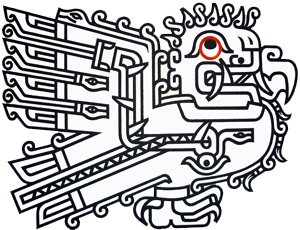Description
The Aïr Mountains are famous for their rock art, which dates back to 6000 BC to 1000 AD. It is mainly found on the eastern slope of the mountain range in the transition zone to the Ténéré desert. These are mainly rock engravings made with pointed stone and possibly with metal after 1200 BC. According to the oldest depictions, this was a pastoral area, as evidenced by numerous depictions of cattle and large mammals (in particular, a five-metre-high engraving of a giraffe discovered in Dabous in 1999 is world-famous). In the 3rd millennium BC, however, desertification became noticeable and the Tuareg migrated into this region from the north. The depictions now point to war scenes showing chariots, horses and battle scenes.
Description
The Aïr Mountains are famous for their rock art, which dates back to 6000 BC to 1000 AD. It is mainly found on the eastern slope of the mountain range in the transition zone to the Ténéré desert. These are mainly rock engravings made with pointed stone and possibly with metal after 1200 BC. According to the oldest depictions, this was a pastoral area, as evidenced by numerous depictions of cattle and large mammals (in particular, a five-metre-high engraving of a giraffe discovered in Dabous in 1999 is world-famous). In the 3rd millennium BC, however, desertification became noticeable and the Tuareg migrated into this region from the north. The depictions now point to war scenes showing chariots, horses and battle scenes.





